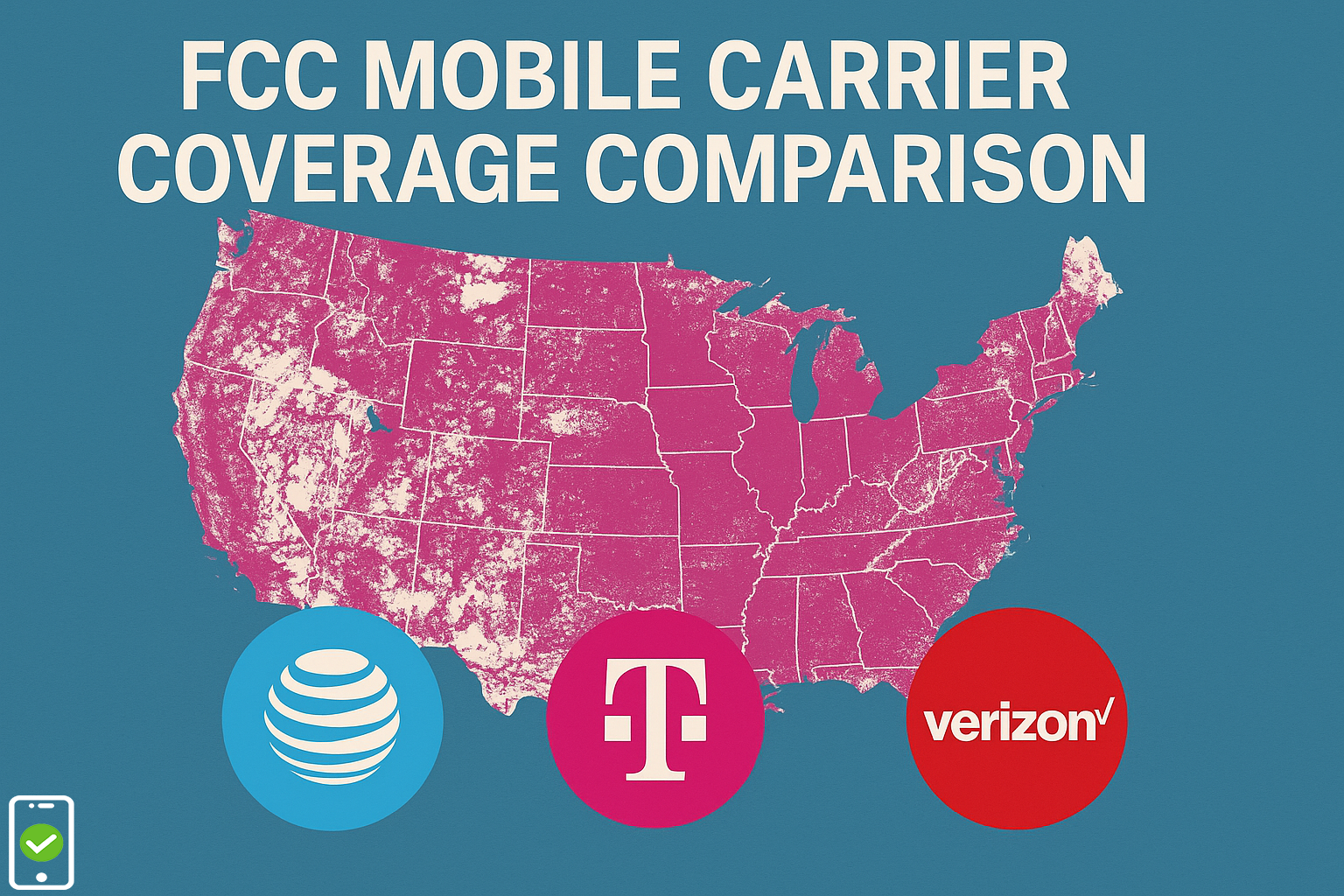Remember Visalus’s $920 million TCPA verdict? It shocked the business world and highlighted the devastating risks of invalid consent. Despite having consent for its calls, Visalus failed to account for consent expiration under changing regulations—a mistake that cost dearly. Now, telecommunications service providers (TSPs) face a similar inflection point with the FCC’s new consent rule, effective January 27, 2025. This ruling could upend marketing pipelines, reshaping customer engagement across B2B and B2C markets.
But what does this mean for the TSP stack industry, and how can providers navigate the challenges ahead?
Understanding the FCC’s New Rule
The FCC’s ruling redefines “express written consent” for calls and texts, making prior consent invalid if it doesn’t meet new standards post-January 27, 2025. This means any calls or texts using old lead data may violate the TCPA, regardless of when that data was collected. With steep financial penalties for non-compliance, the ruling demands immediate action from TSPs and their clients.
Impact on Customer Engagement
1. Complexity in B2B and B2C Engagement
Telecom companies often juggle diverse customer bases, from individual consumers to enterprise clients. This ruling complicates multichannel communication strategies, forcing companies to reassess consent validity for each audience segment.
Key challenges include:
- B2C Consumers: Expect heightened sensitivity to robocalls and robotexts. Proactively managing consent across SMS, email, and calls is now non-negotiable.
- B2B Clients: Enterprise clients often prefer tailored outreach, but invalid consent could lead to legal disputes, straining relationships.
2. Operational Adjustments
To stay compliant, companies must:
- Audit lead portfolios to identify outdated consent.
- Invest in tools like Cell-Stack to automate consent validation and data orchestration across hybrid infrastructures.
- Use APIs to integrate updated consent protocols into OSS and BSS systems.
Best Practices for Regulatory Compliance
1. Conduct Comprehensive Consent Audits
Identify lead data that doesn’t meet the new definition of express consent. Prioritize reevaluating customer databases in line with FCC mandates.
2. Implement Real-Time Consent Management
Leverage automation tools like virtualized network functions (VNFs) and distributed network overlays to track and manage customer consent dynamically.
3. Educate Stakeholders
Train sales and marketing teams on consent protocols to prevent accidental violations. Foster a compliance-first culture across your organization.
4. Update Revocation Processes
The FCC now allows consumers to revoke consent through any reasonable means, such as texting “STOP” or “END.” Update systems to recognize these triggers and respond within the mandated 10-day window.
AI’s Role in the Transition
Artificial intelligence is a game-changer in this evolving landscape.
1. Consent Validation
AI can analyze historical consent data, flagging non-compliant leads for requalification.
2. Predictive Outreach
By integrating AI-driven insights into the TSP stack, companies can craft hyper-personalized campaigns that align with updated consent standards, improving engagement while ensuring compliance.
3. Proactive Monitoring
AI tools can monitor customer interactions in real-time, alerting teams to potential consent violations before they escalate.
What’s on the Horizon?
1. More Stringent Regulations
The FCC’s new ruling signals a broader push for consumer protection. Expect tighter restrictions on data usage and consent management in the coming years.
2. Growing Litigation Risks
As compliance requirements evolve, companies must stay ahead of potential lawsuits. Investing in robust legal and compliance frameworks is crucial.
3. Innovation in Customer Engagement
Advanced APIs, microservices, and hybrid cloud architectures will become critical for navigating the regulatory landscape while enhancing the customer experience.
Are Your Systems Ready for January 27th?
The FCC’s consent rule is more than a regulatory hurdle; it’s an opportunity for telecommunications providers to build trust through transparent, customer-first practices. By adopting cutting-edge tools like Cell-Stack and leveraging AI, companies can turn compliance into a competitive advantage.


